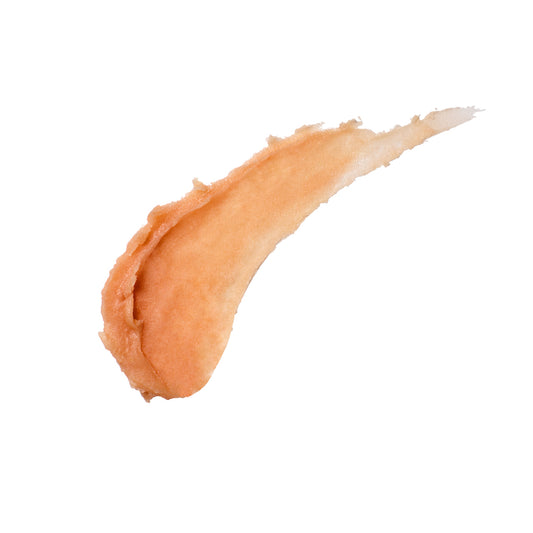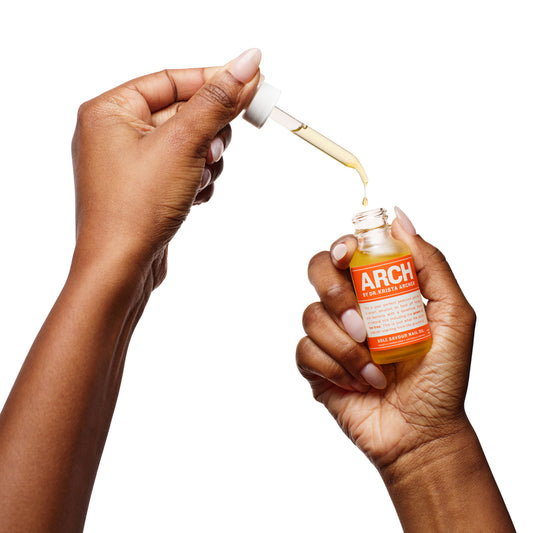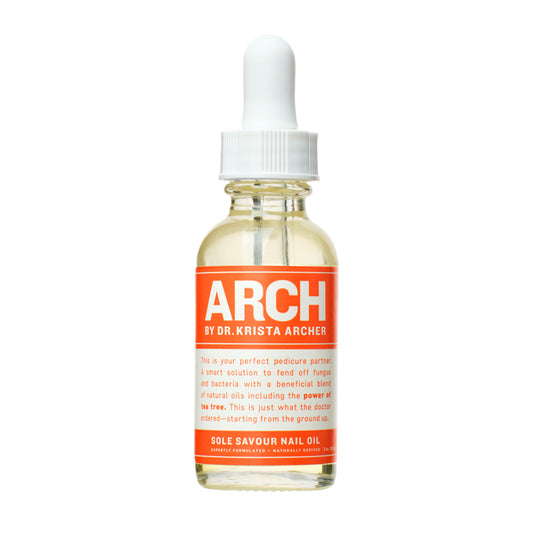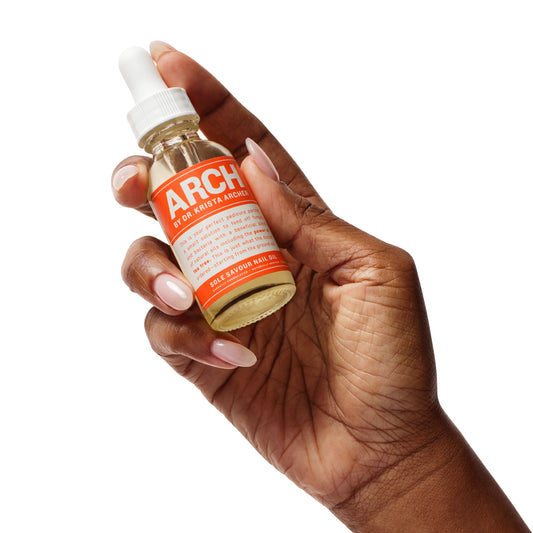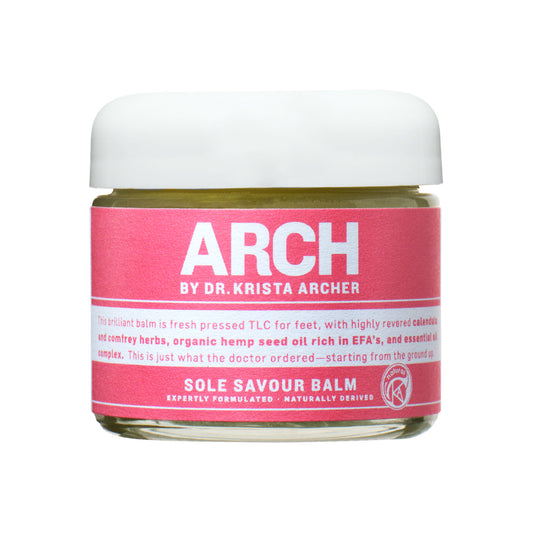BUNION TREATMENT
What Are Bunions?
Bunions, also known as hallux valgus, are bony bumps that develop at the base of the big toe, causing the joint to shift outward. Over time, they can lead to pain, swelling, and difficulty walking—especially in tight or fashionable footwear. Left untreated, bunions can worsen, leading to joint stiffness, arthritis, and permanent deformity.
Why Do Bunions Form?
Bunions often develop due to a combination of genetic factors, foot structure, and footwear choices. High heels, narrow shoes, and flat arches can all contribute to bunion formation over time.
Dr. Krista Archer’s Approach to Bunion Treatment
At her Upper East Side Manhattan office, Dr. Krista Archer offers both non-surgical and surgical bunion treatments, always prioritizing minimally invasive options first. She tailors each treatment plan to your foot type, lifestyle, and cosmetic preferences.
Non-Surgical Bunion Treatments
-
Custom orthotics to support the foot and reduce pressure on the bunion
-
Padding, splints, and shoe modifications
-
Anti-inflammatory treatments for pain management
These methods can relieve discomfort but won’t reverse the bunion itself.
Surgical Bunion Correction NYC
When bunions interfere with daily activities or footwear, Dr. Archer may recommend bunion surgery. She uses advanced, minimally invasive techniques to correct bone alignment, often using small screws or pins to secure the joint.
What to Expect:
-
Outpatient surgery in a boutique setting
-
Surgical boot for 3–6 weeks, followed by supportive sneakers
-
Return to work in as little as one week for many patients
-
Cosmetic precision for a natural-looking, functional foot
Why Choose Dr. Archer for Bunion Surgery?
As both a podiatric surgeon and cosmetic foot care specialist, Dr. Archer blends functional correction with an eye for aesthetics. Her goal is not only to relieve pain—but to ensure your foot looks and feels its best, whether barefoot or in your favorite shoes.
SCHEDULE YOUR APPOINTMENT
Don’t let bunion pain interfere with your life.Request a consultation with Dr. Krista Archer at her Upper East Side office todayand explore the best bunion treatment options in NYC.
SHOP ARCH BY DR. KRISTA ARCHER
-
ARCH CBD Balm Stick - 1.05 oz/ 31g
Regular price $45.00 USDRegular priceUnit price / per -
ARCH Retro Tube Socks with Gel-Lined Heels
Regular price $7.00 USDRegular priceUnit price / per -
ARCH Sole Savour Nail Oil – 1 oz
Regular price $45.00 USDRegular priceUnit price / per -
ARCH Sole Savour Nail Oil + EMU Oil- 1 oz
Regular price $50.00 USDRegular priceUnit price / per -
ARCH CBD Sole Savour Relief Creme –Highest Potency 1.7 oz
Regular price $70.00 USDRegular priceUnit price / per -
ARCH Sole Savour Glycolic Acid Fruit Peel – 4 oz.
Regular price $20.00 USDRegular priceUnit price / per -
ARCH Sole Savour Creme – 1.7 oz
Regular price $35.00 USDRegular priceUnit price / per -
ARCH Sole Savour Balm- 2.0 oz/ 56g
Regular price $45.00 USDRegular priceUnit price / per -
Glycolic Acid Fruit Peel – Sample (0.5oz)
Regular price $3.00 USDRegular priceUnit price / per -
ARCH CBD Chill Chews for Humans – 105 g
Regular price $50.00 USDRegular priceUnit price / per -
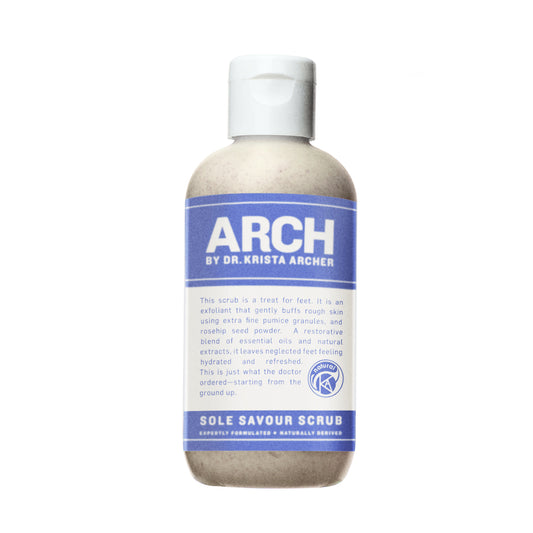
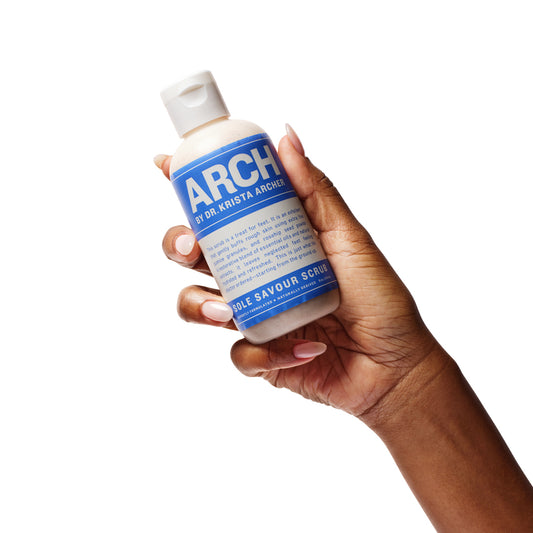 Sold out
Sold outARCH Sole Savour Scrub – 8 oz-
Regular price $30.00 USDRegular priceUnit price / per

